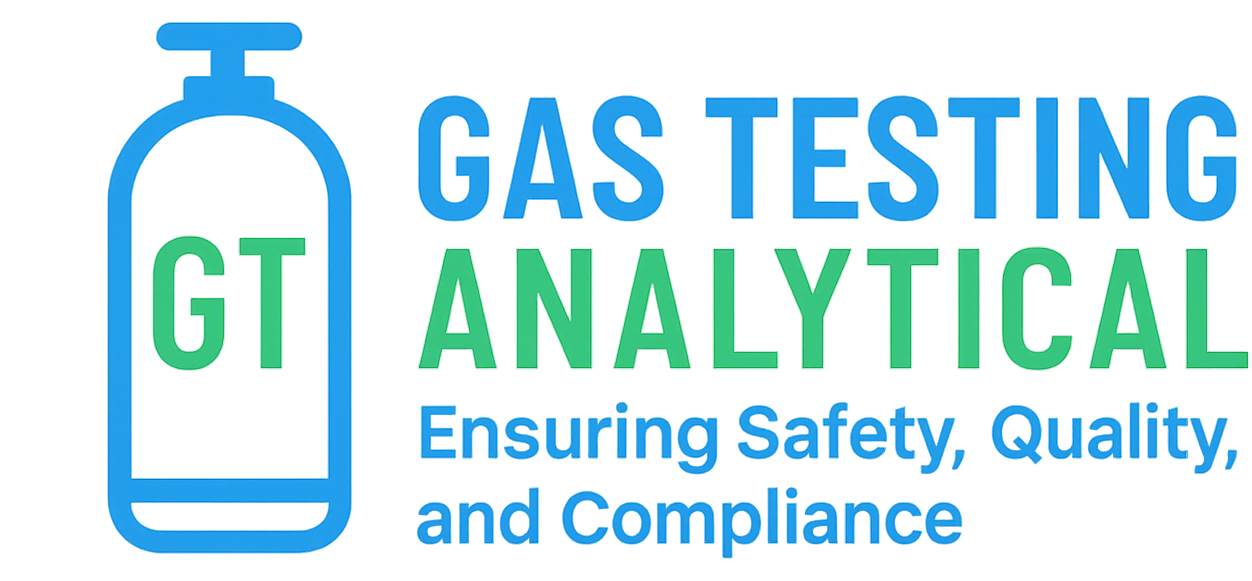Overview
Oxygen monitoring in pharmaceutical manufacturing serves dual purposes: ensuring adequate oxygen levels for aerobic bioprocesses and confirming oxygen removal in inert atmospheres. Critical applications include fermentation, cell culture, and process safety monitoring.
Applications in Pharmaceutical Manufacturing
- Fermentation Processes – Aerobic bacteria and yeast cultivation
- Cell Culture – Mammalian cell growth and protein production
- Oxidation Reactions – Synthetic chemistry and API manufacturing
- Safety Monitoring – Confined space entry and hot work permits
- Inerting Verification – Confirmation of oxygen displacement
Quality Specifications
Medical Grade Oxygen (USP)
- Identification: Methods A and B
- Oxygen Content – Not less than 99.0% O₂ by volume
- Carbon Monoxide – Not more than 10 ppm
- Carbon Dioxide – Not more than 300 ppm
Medical Grade Oxygen, 93% (USP)
- Identification: Methods A and B
- Oxygen Content – 90.0% – 96.0% O₂ by volume
- Carbon Monoxide – Not more than 10 ppm
- Carbon Dioxide – Not more than 300 ppm
Other Considerations
- Moisture – Not more than 67 ppm (dew point -51°C)
- Oil Content – Not more than 0.1 mg/m³
- Particulate Matter – Class 1 per ISO 8573-1
- Bioburden
Industrial Oxygen Specifications
- Purity – 99.5% minimum for pharmaceutical processes
- Impurities – Total impurities <5000 ppm
- Oil and Grease – Not detectable
- Particulate Matter – <0.1 mg/m³
- Odor – Odorless
Sample Handling
- Sample Points – Representative sampling locations in distribution system. Sample cylinders can be sampled by our trained technicians or shipped by the customer.
- Supply Cylinders – may be shipped directly for testing of a batch or sampled on site.
- Pressure Regulators – Two-stage pressure reduction for stable pressure.
Safety Considerations
Oxygen Hazards
- Fire and Explosion Risk – Accelerated combustion in oxygen-enriched atmospheres
- Material Compatibility – Oxygen-compatible materials and lubricants
- Pressure Safety – High pressure oxygen systems require special handling
- Personnel Safety – Respiratory protection and emergency procedures
Safety Monitoring Applications
- Confined Space Entry – 19.5-23.5% oxygen for safe entry
- Hot Work Permits – Oxygen levels <23.5% to prevent fire acceleration
- Inert Atmosphere Verification – <8% oxygen for effective inerting
- Emergency Response – Portable oxygen monitors for incident response


